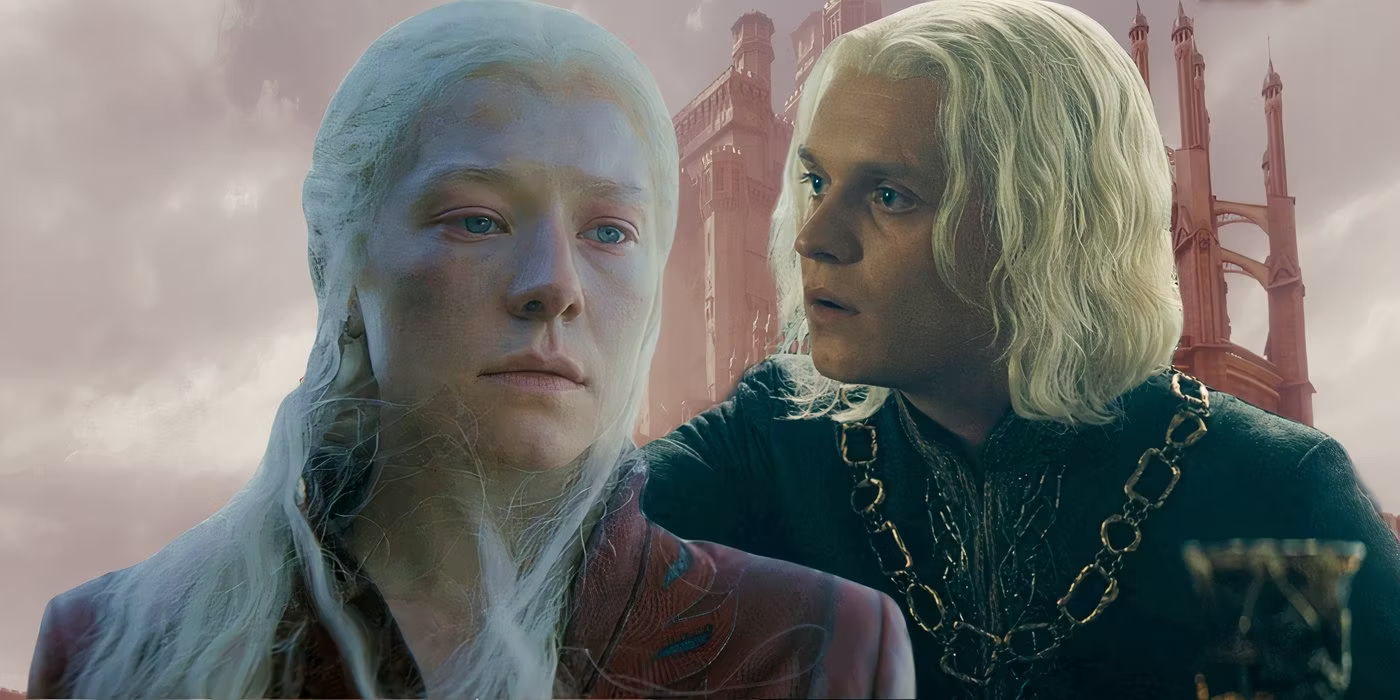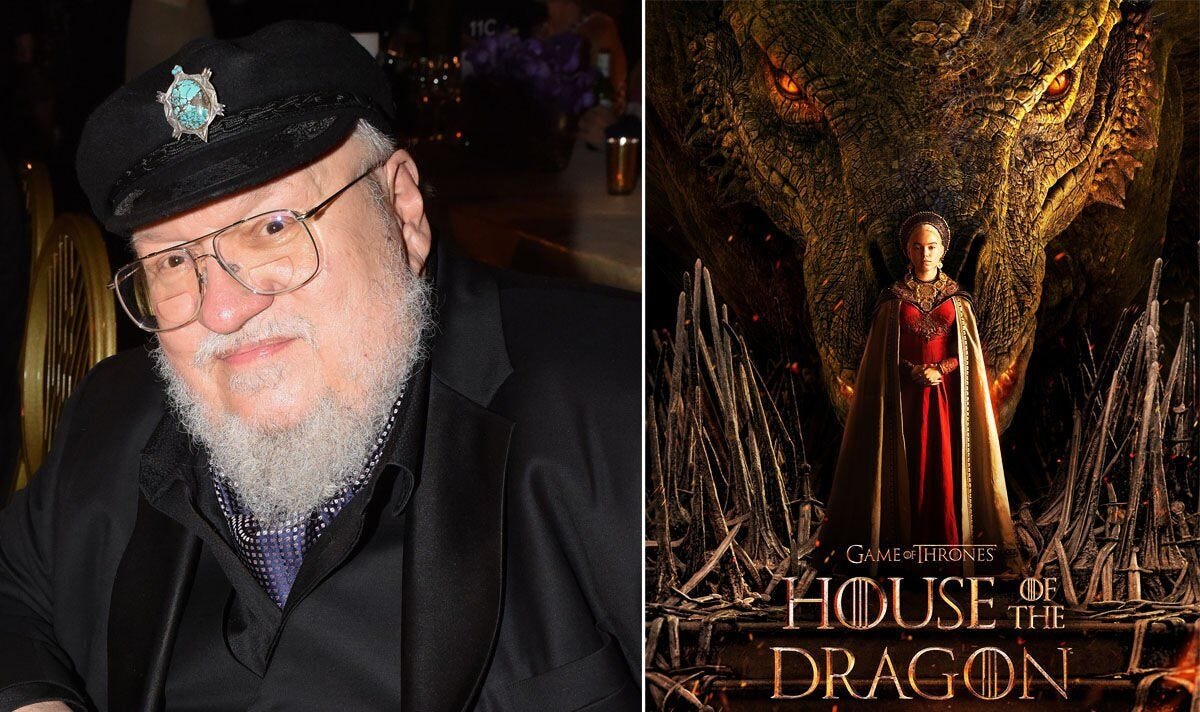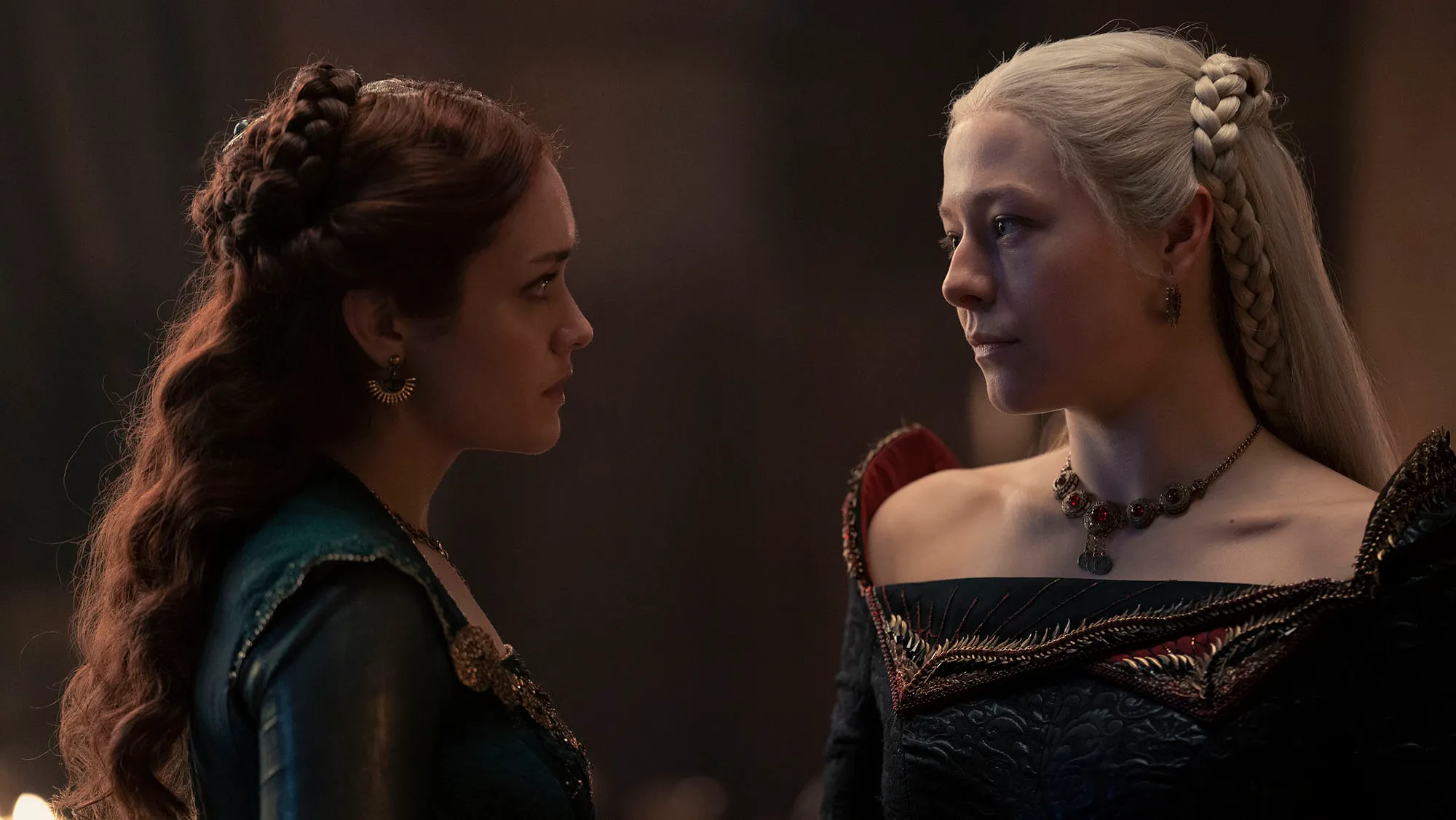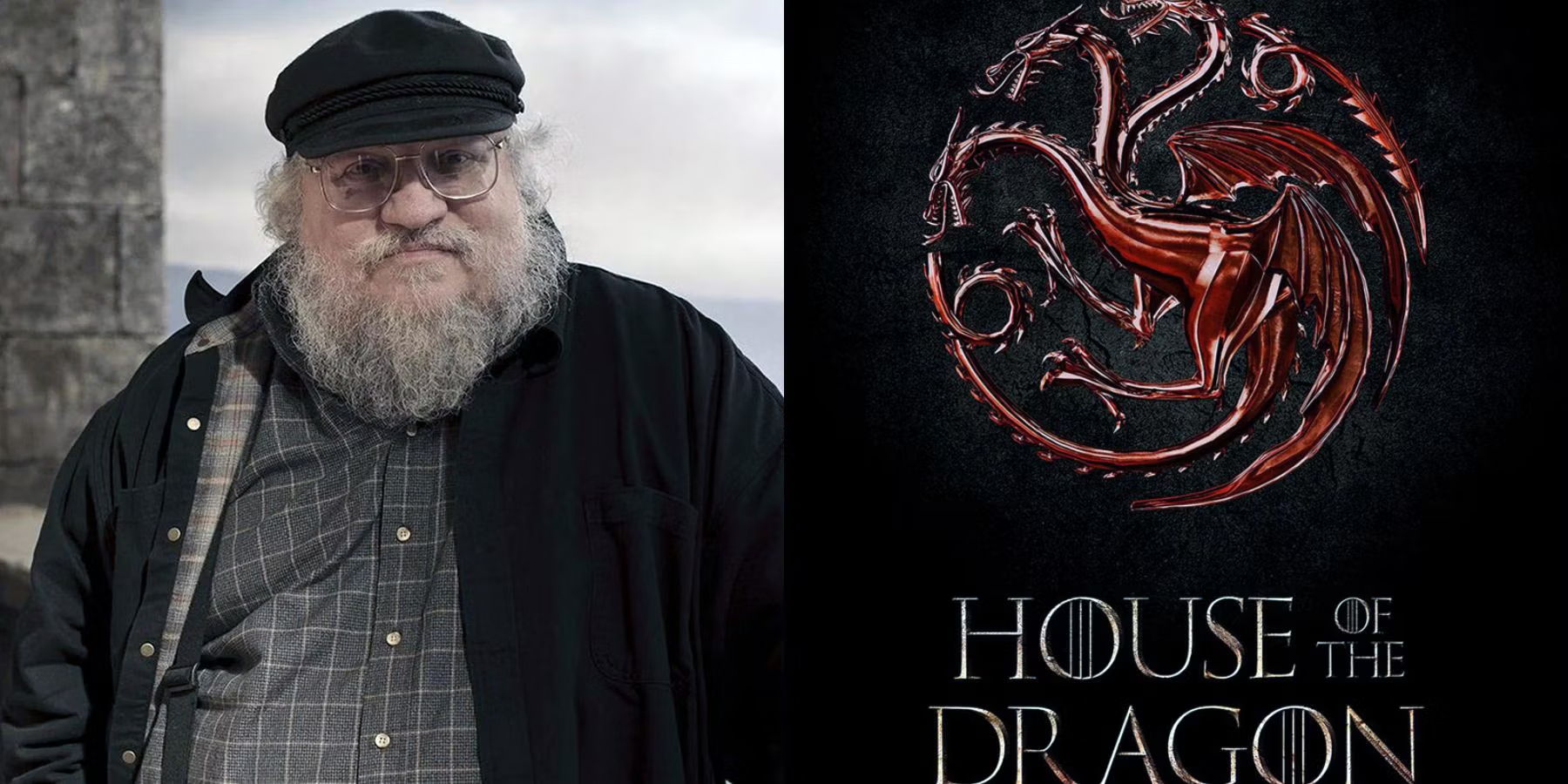The highly anticipated second season of “House of the Dragon” has not only garnered critical acclaim but also sparked significant discussions among the fandom. George R.R. Martin, the mastermind behind the novels that laid the groundwork for this riveting series, recently offered his insights, particularly focusing on the controversial ‘Blood and Cheese’ scene. His thoughts reveal a mix of appreciation and reservation, providing fans a rare glimpse into the author’s views on the adaptation of his work.

The Praise and the Critique: Martin’s Mixed Reactions
In an earnest discussion, Martin expressed his admiration for the new season, highlighting the commendable performances of the cast and some strategic decisions made by the writers. “The series has done a remarkable job in capturing the essence of the Targaryen succession war, bringing the Dance of the Dragons to life,” Martin stated, appreciating the depth and complexity that the show has managed to retain.
However, it wasn’t all praises. A particular scene—or rather, the absence of one—caught Martin’s critical eye. The ‘Blood and Cheese’ sequence, a pivotal moment in the book “Fire & Blood,” was altered significantly in the show. Martin reserved his full commentary for a later date, noting, “There’s a lot to be said about that, but this is not the place for me to say it. The issues are too complicated. Somewhere down the line, I will do a separate post about all the issues raised by Blood and Cheese… and Maelor the Missing. There’s a lot to say.”

The Missing Maelor: A Critical Omission?
One of the most glaring changes was the absence of Maelor during the ‘Blood and Cheese’ scene. In Martin’s books, Maelor is a tragic figure, chosen by his mother, Queen Helaena, to be sacrificed, which leads to an agonizing decision that impacts the entire narrative. The show’s decision to exclude this moment has not gone unnoticed. According to co-creator Ryan Condal, this alteration stems from the need to compress the original timeline from thirty years in the books to twenty in the series. Condal explained, “Maelor had not yet been born in the timeline of the show, suggesting that his birth and possibly tragic fate might unfold in future episodes.”
This narrative choice has significant implications. It not only affects the character development of Queen Helaena, portrayed by Phia Saban, whose performance Martin praised, but also alters the emotional landscape of the series. In the books, Helaena’s despair following her son’s designated death leads her to a tragic end. The series, by adjusting the timeline, sets up a different trajectory for Helaena, potentially exploring new depths of her character in the altered context.

A Reflection on Adaptation: Balancing Fidelity and Creativity
Martin’s reflections bring to the forefront the delicate balance required in adapting detailed literary works into television formats. While deviations can be creative, they carry the weight of fans’ expectations and the authenticity of the source material. Martin’s forthcoming detailed discussion on this specific scene is highly anticipated by the community, hoping it will shed light on his comprehensive view of the adaptation.
As “House of the Dragon” continues to unfold, it remains a testament to the complex relationship between a creator’s vision and its interpretation on screen. Martin’s ongoing engagement and critique offer a valuable perspective that enriches the viewer’s experience, bridging the gap between the written word and its dramatic portrayal.
